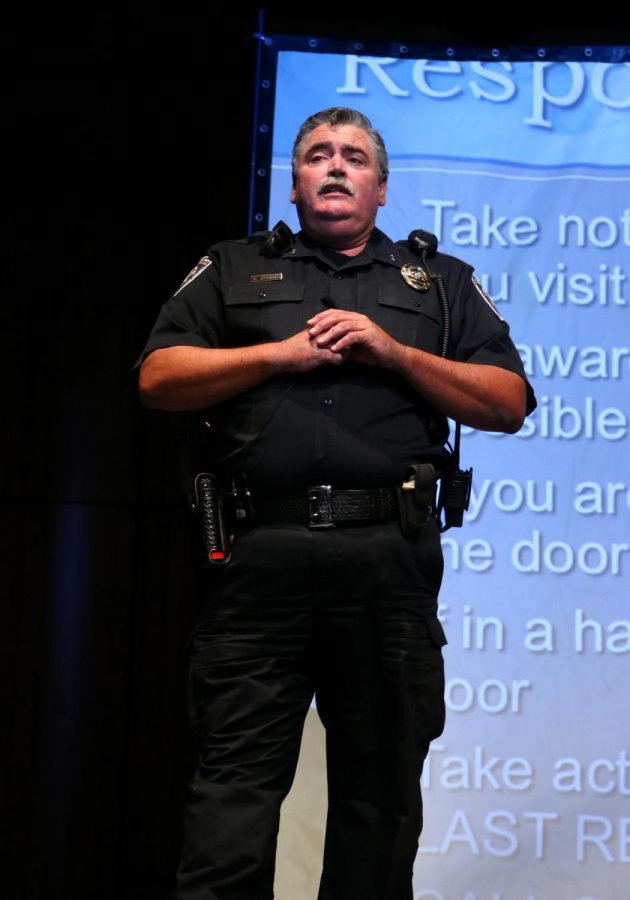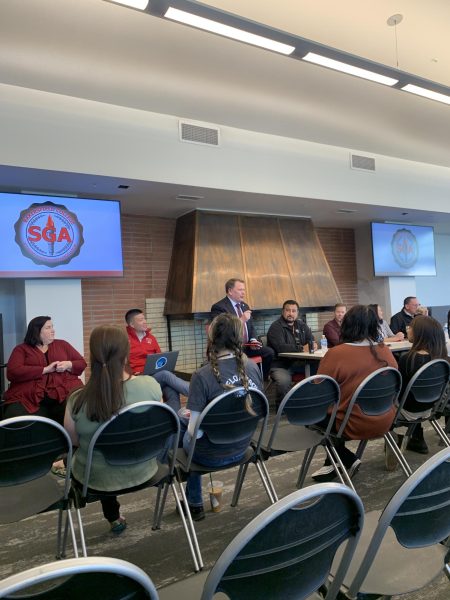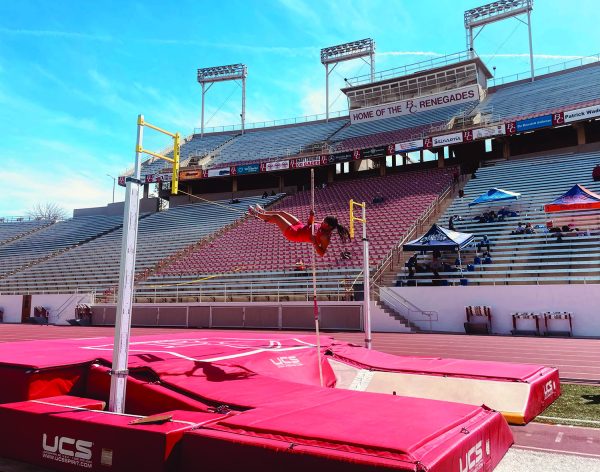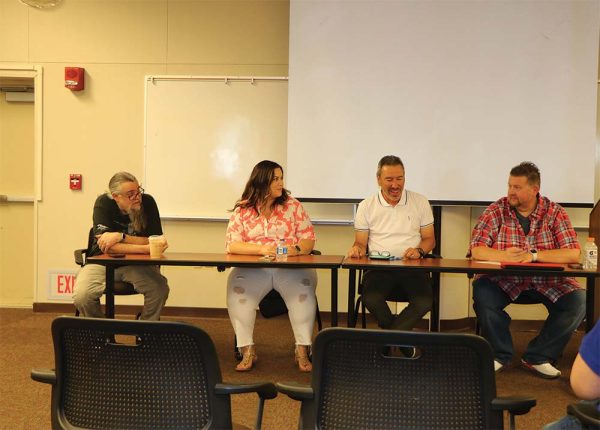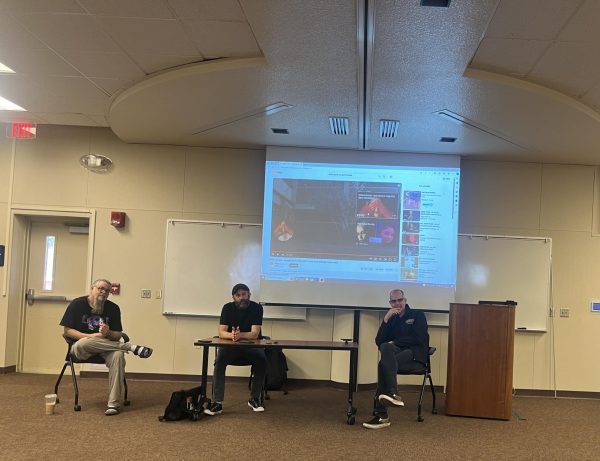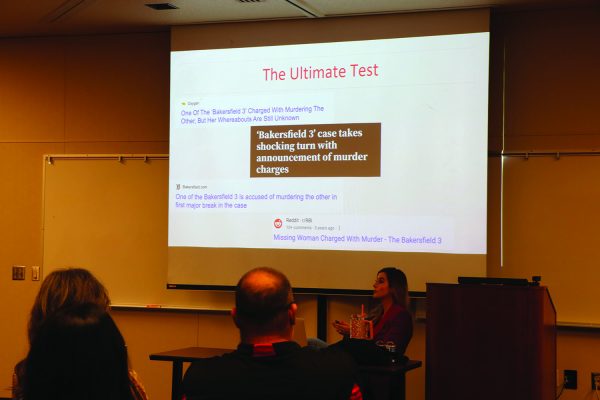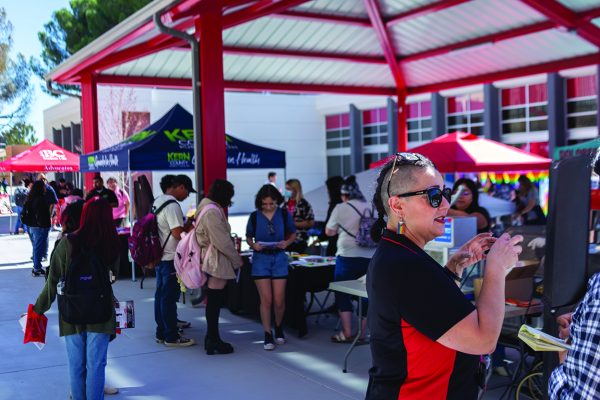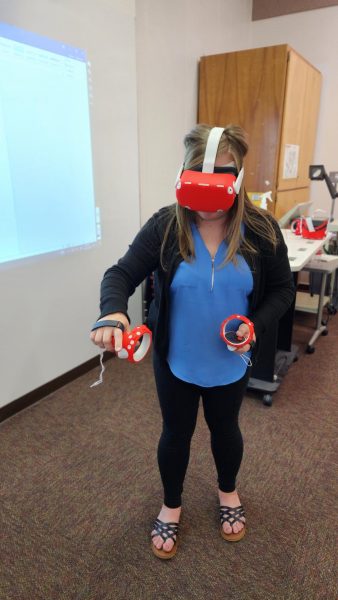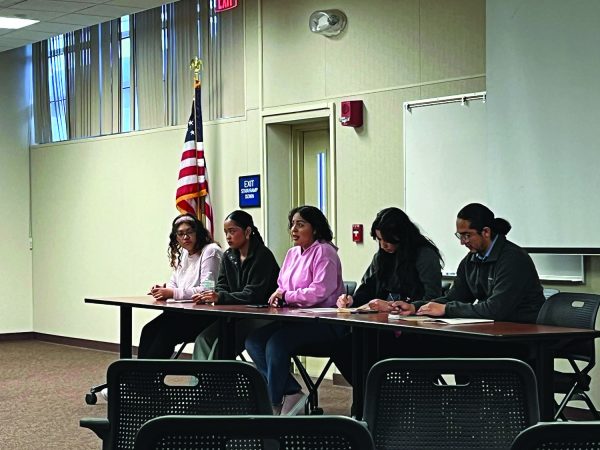Public Safety tips and training for an active shooting
At the Active Shooter Training workshop, Christopher Counts discusses how active shootings can escalate and how to people can remain safe.
October 23, 2017
the Department of Public Safety, hosted an Active Shooting Response training on Oct. 4 and 5 at the Indoor Theater at Bakersfield College.
The training focused on the possibility of an active shooting at BC and recommendations on how to deal with the situation. Considering that it is an ongoing trend, Chief Counts said that students and staff need to be prepared.
There are three options when it comes to responding to a shooting situation. The first alternative is to run. “If there is no escape path, distance is your friend,” said Counts.
Moving can save lives. Counts explained that shooters are not usually trained to hit a moving target so moving can prevent people from being shot.
If there is no way to run, the second option is to hide. People should get out of the shooter’s view; offices or classrooms are good options. Once inside, they should lock the doors and block them with furniture and other large items.
According to Counts, shooting situations last between 10 to 15 minutes, and police response time is 5 to 10 minutes.
As such, shooters have no time to lose trying to breach locked doors. They move to easier targets instead.
Attacking the shooter is the last option in these situations. If the shooter enters the room, then everyone must take action.
“You can either sit there like a sheep or turn yourself into a sheepdog,” Counts advised.
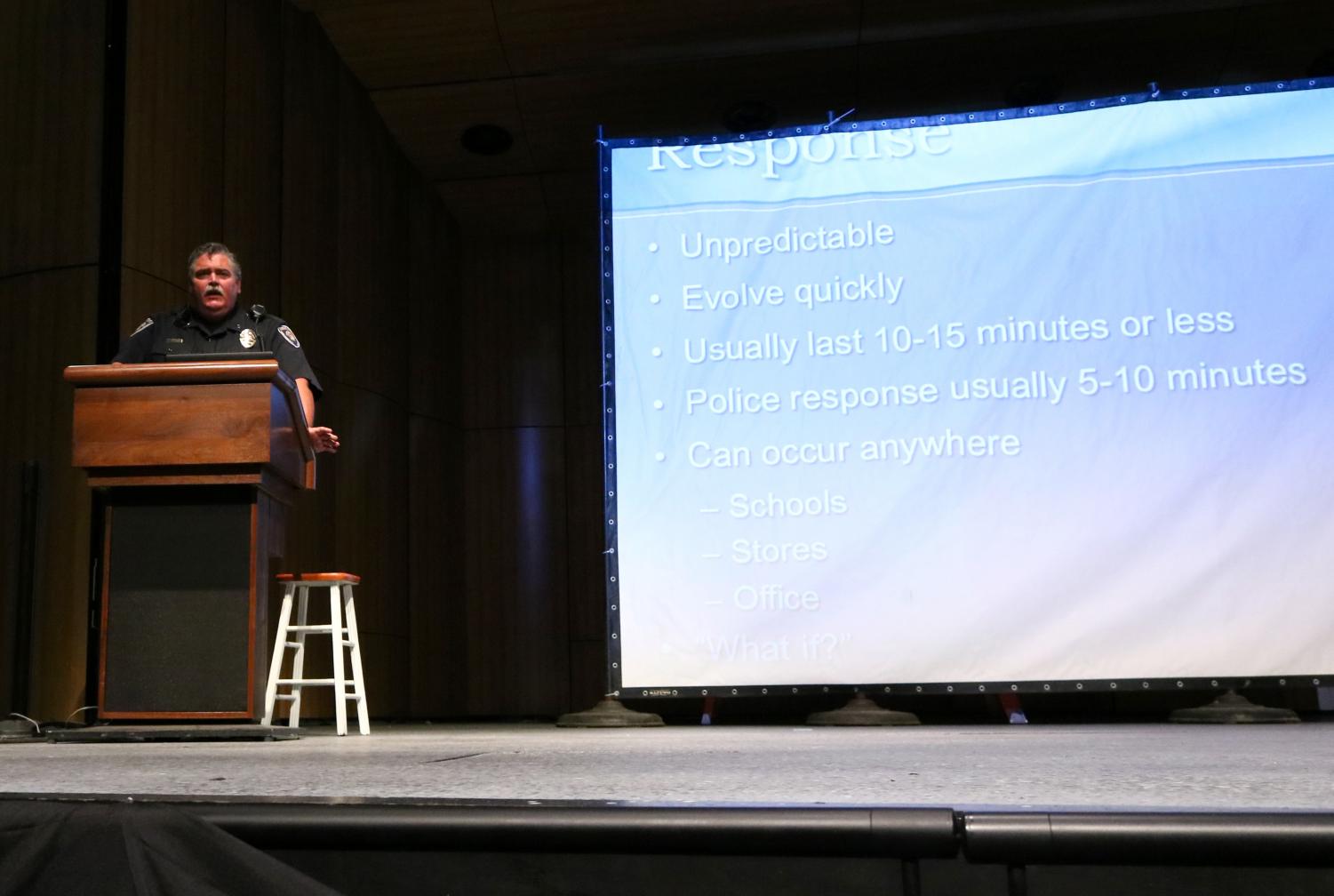
Bakersfield College Public Safety Director, Christopher Counts at one of the Active Shooter Training workshop explaining how shooting can evolve in short periods of time.
Victims should attempt to disrupt or incapacitate the shooter’s plan, and they must know that it is okay to try to kill him or her. Some ways to do so include throwing items, improvising weapons, yelling, and overwhelming him or her with many people.
Chief Counts ended by explaining what to do once the threat has been eliminated. The injured must receive immediate medical attention after the event. When helping other victims, stopping the bleeding is crucial.
After the training, audience members shared their comments and concerns. Mardy Smith, BC faculty and shooting instructor, shared that most rooms on campus have fire doors that can only be open from the inside, so hiding in rooms is a safe bet.
“When you walk into any room, even in a restaurant, get familiar with all the exits. Also, never turn your back to a door,” Smith shared.
Additional active shooter training will take place on Oct 18 in the Fireside Room.


